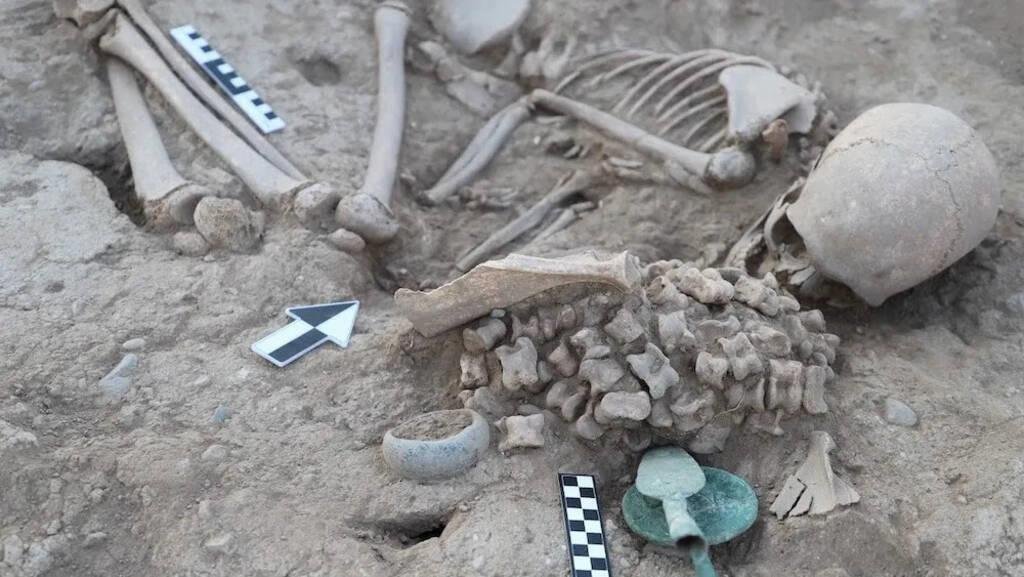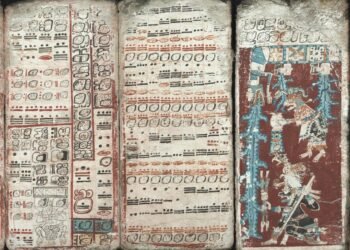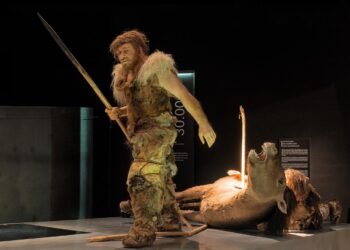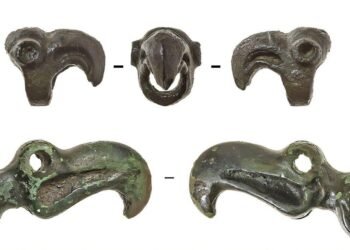Archaeologists have unearthed a burial mound in the Ainabulak-Temirsu Necropolis, Kazakhstan. This Bronze Age burial site belongs to a young girl of around 12 to 15 years of age.

The girl’s grave was adorned with an array of intriguing artifacts, and among them, a unique bronze disc featuring a carved frog – a first-of-its-kind discovery in Kazakhstan.
The Ainabulak-Temirsu Necropolis, situated near the village of Ainabulak in eastern Kazakhstan, has been the focus of archaeological excavations since 2016.
This ancient burial ground contains approximately 100 mounds dating back to the Bronze Age, which thrived in Central Asia from approximately 3200 BCE to 1000 BCE.
The young girl’s burial was uncovered by a collaborative team from Al-Farabi Kazakh National University and the University of Oxford.
According to Rinat Zhumatayev, the archaeologist leading the excavation, the girl was laid to rest on her left side in a bent position. She wore small wire earrings in both ears and had beads around her neck. Radiocarbon dating confirmed her age at the time of her death.
What sets this discovery apart is the abundance of animal bones interred with the girl. Approximately 180 ankle bones, likely from sheep or cattle, were found alongside her remains. Such a substantial quantity of bones suggests a unique ritual or significance to the burial.
The bronze disc adorned with a frog carving stands as a distinctive find. This marks the first time such an object has been uncovered in Kazakhstan. Archaeologists believe the frog motif could be linked to water-related rituals and possibly the concept of women in labor. However, further research is required to decipher its precise meaning.
While the purpose of the ankle bones remains a subject of debate among researchers, some suggest they might have been part of a cult practice or used for meditation. Alternatively, they could symbolize well-being and good fortune, expressing a wish for a successful transition from one world to another.
The girl’s grave also contained several other artifacts, including a cow’s shoulder blade, metal sword pommels, a mirror, and a bronze bowl. Together, these findings offer valuable historical and cultural insights into the early Bronze Age societies of Central Asia.





















